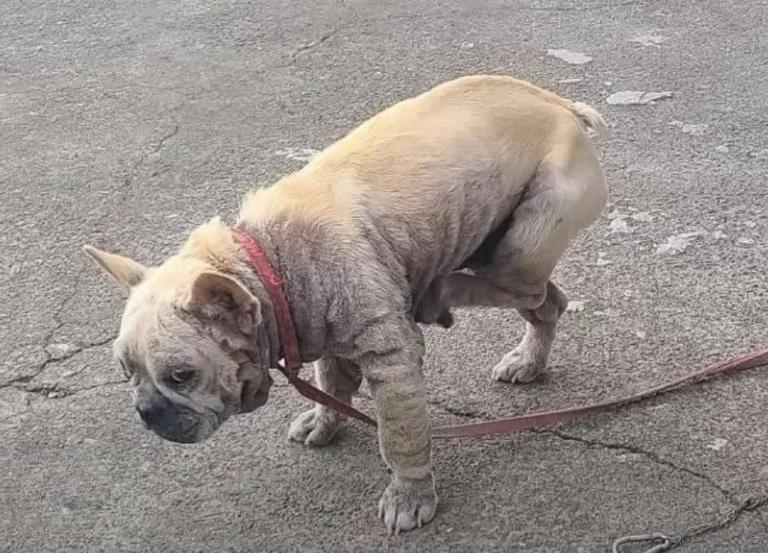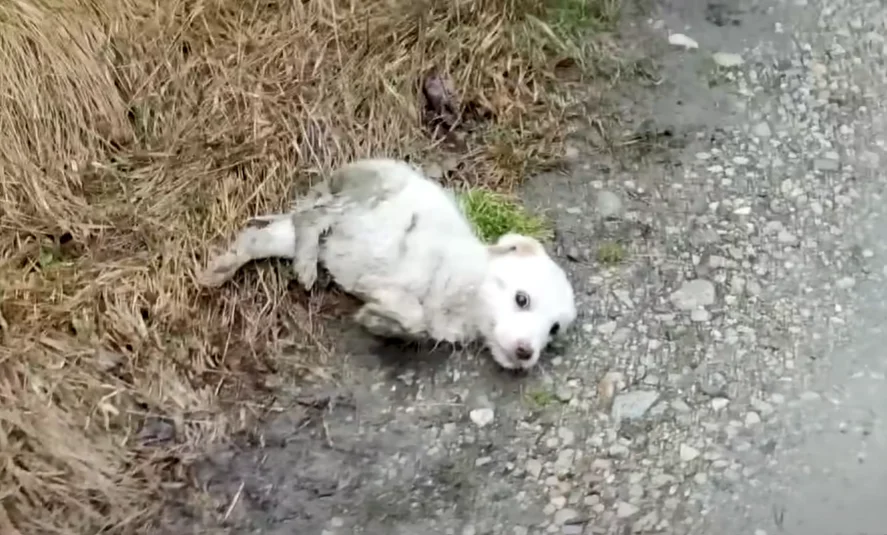When you open your front door to grab a package or during a walk, and your dog suddenly bolts away, it can be a distressing experience. Dogs running away is a common issue and can pose serious risks.

Common Reasons Dogs Run Away
Dr. Amy L. Pike, a board-certified veterinary behaviorist, explains that several factors can lead to a dog running away. Here are some typical triggers:
– Chasing Instincts: Dogs may run after other dogs, people, or animals.
– Doorway Excitement: Some dogs aren’t trained to wait when doors open, leading them to dart outside.
– Boredom: Lack of mental and physical stimulation may drive dogs to seek excitement outside.
– Anxiety and Fear: Dogs feeling scared or anxious may flee as a reaction to stress.
– Reproductive Behavior: Unspayed or unneutered dogs might run off in search of a mate.
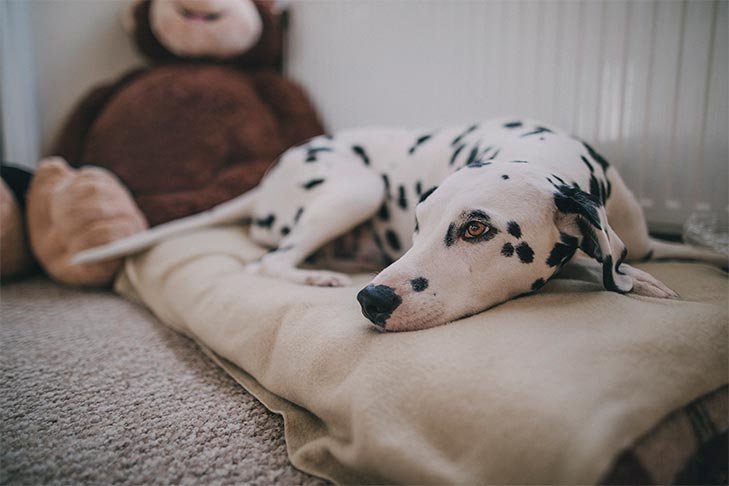
Do Certain Breeds Have a Higher Risk?
Dr. Pike notes that any breed can potentially run away. However, young dogs might be more prone due to their limited training, and older dogs might escape due to confusion from age-related issues such as dementia or hearing loss. Dogs may also struggle with adapting to new environments, like moving to a new home, which can affect their behavior.
What Triggers Dogs to Run?
Dogs often learn our routines and can react to various triggers:
– Doorbell or Visitors: The sound of a doorbell might prompt a dog to dart outside.
– Stimuli in the Environment: A squirrel or loud noise can trigger a dog’s instinct to run.
– Separation Anxiety: A dog left alone may try to escape when a door is opened by someone else.

Preventing Your Dog from Running Away
To prevent your dog from running away, start by consulting your veterinarian if you suspect medical issues like pain or anxiety. If there’s no medical cause, consider working with a force-free trainer or behaviorist.
Dr. Pike recommends training your dog to exhibit alternative behaviors, like waiting away from the door, using positive reinforcement. Additionally, manage potential escapes by:
– Creating Barriers: Use baby gates, closed rooms, or crates when opening doors.
– Home Modifications: Install locks out of reach of children and automatic door closers to prevent escapes.
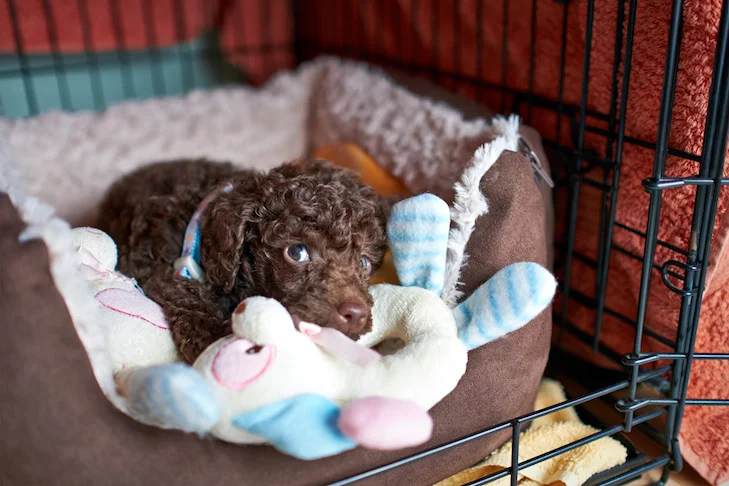
Ensuring Your Dog’s Safety
When walking a dog prone to running away, use an escape-proof harness and consider a double leash system for extra security. To keep your yard secure:
– Check Fences Regularly: Look for potential escape routes like holes or climbable objects.
– Engage Your Dog: Provide food puzzles and adequate exercise to reduce boredom.
Avoid exposing your dog to high-stress situations, like fireworks or parades. Ensure they know key commands like “stay” and “come.”
Preparing for Possible Escapes
In case your dog does run away, these steps can help:
– ID Tags: Keep your dog’s collar tags up-to-date with your contact information.
– Microchip: Ensure your dog is microchipped and the chip is registered with a recovery service.
– GPS Tracking: Consider a GPS collar to track your dog’s location and set boundaries to alert you if they are nearing an edge.
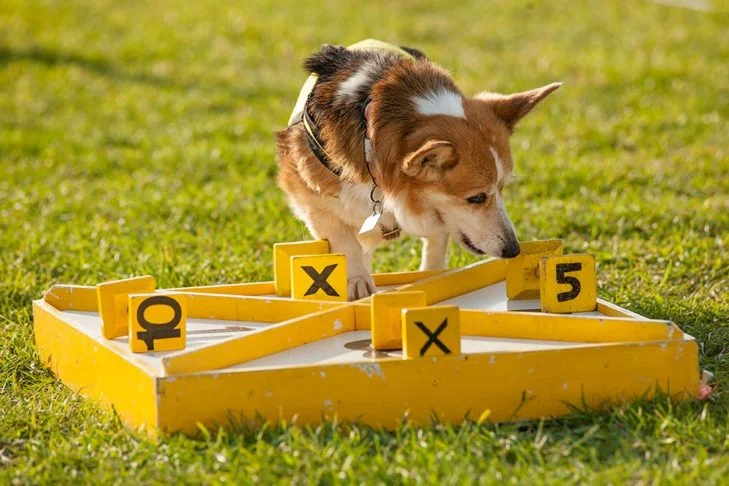
Disclaimer
This article provides general information and is not a substitute for professional advice. Consult qualified professionals for specific guidance tailored to your situation. We are not responsible for any consequences resulting from the use of this information.



